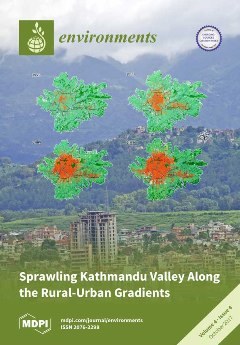Open AccessArticle
Geopolymer Composites for Potential Applications in Cultural Heritage
by
Laura Ricciotti 1,2, Antonio Jacopo Molino 1,2 , Valentina Roviello 3, Elena Chianese 4
, Valentina Roviello 3, Elena Chianese 4 , Paola Cennamo 5 and Giuseppina Roviello 1,2,*
, Paola Cennamo 5 and Giuseppina Roviello 1,2,*
1
Dipartimento di Ingegneria, Università di Napoli ‘Parthenope’, Centro Direzionale, Isola C4, 80143 Napoli, Italy
2
INSTM Research Group Napoli Parthenope, National Consortium for Science and Technology of Materials, Via G. Giusti, 9, 50121 Firenze, Italy
3
Centro di Servizi Metrologici Avanzati (CeSMA), Università di Napoli ‘Federico II’, Corso Nicolangelo Protopisani, 80146 Napoli, Italy
4
Dipartimento di Scienze e Tecnologie, Università di Napoli ‘Parthenope’, Centro Direzionale, Isola C4, 80143 Napoli, Italy
5
Facoltà di Lettere, Università degli Studi Suor Orsola Benincasa, Corso Vittorio Emanuele 242, 80132 Napoli, Italy
Cited by 48 | Viewed by 7281
Abstract
A new class of geopolymer composites, as materials alternative to traditional binders, was synthesized and its potentialities as restoration material in Cultural Heritage has been explored. This material has been prepared through a co-reticulation reaction in mild conditions of a metakaolin-based geopolymer inorganic
[...] Read more.
A new class of geopolymer composites, as materials alternative to traditional binders, was synthesized and its potentialities as restoration material in Cultural Heritage has been explored. This material has been prepared through a co-reticulation reaction in mild conditions of a metakaolin-based geopolymer inorganic matrix and a commercial epoxy resin. The freshly prepared slurry displays a consistency, workability and thixotropic behavior that make it suitable to be spread on different substrates in restoration, repair and reinforcement actions, even on walls and ceilings. Applicability and compatibility tests on tuff and concrete substrates were carried out and the microstructure of the samples in correspondence of the transition zone was analyzed by means of scanning electron microscope (SEM) observations and energy dispersive spectroscopy (EDS) mapping. Our studies pointed out the formation of a continuous phase between the geopolymer composite and tuff and concrete substrates, highlighting a high compatibility of the geopolymer binder with different kinds of materials. These features indicate a large potential for applications of these materials in Cultural Heritage.
Full article
►▼
Show Figures





